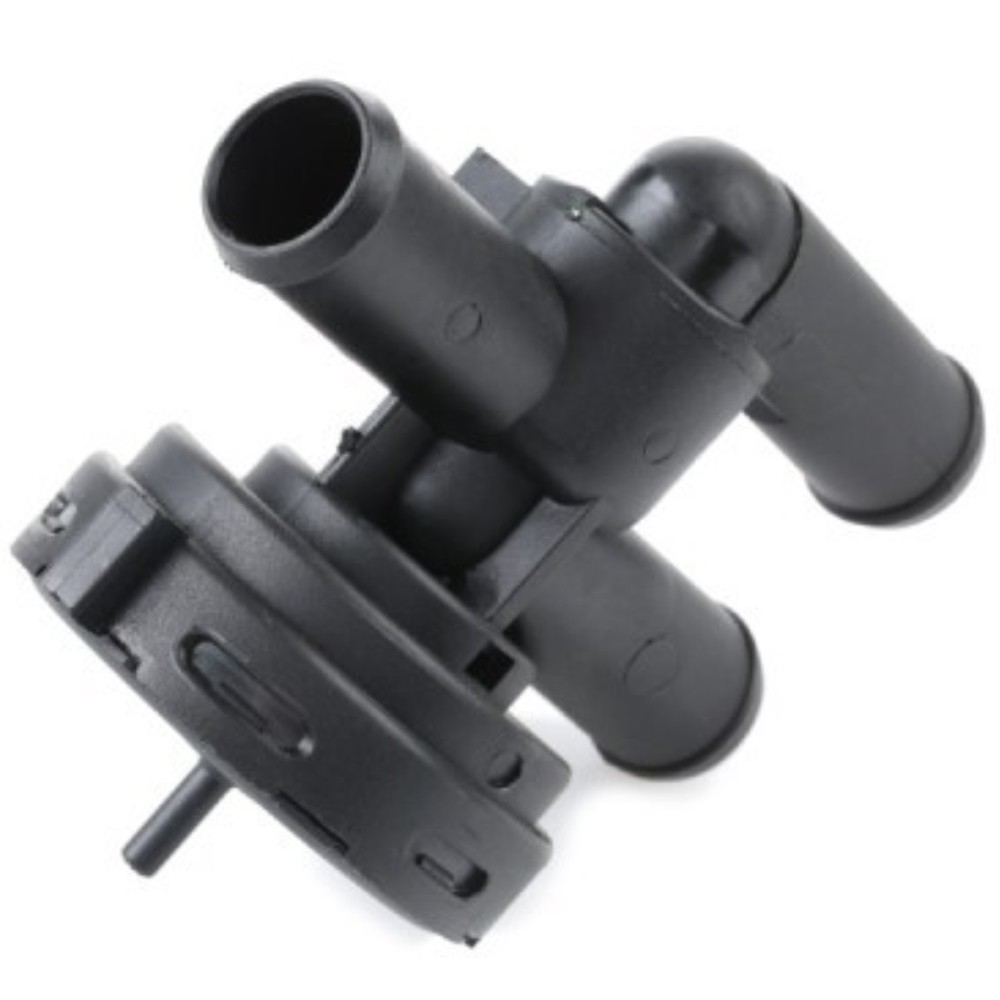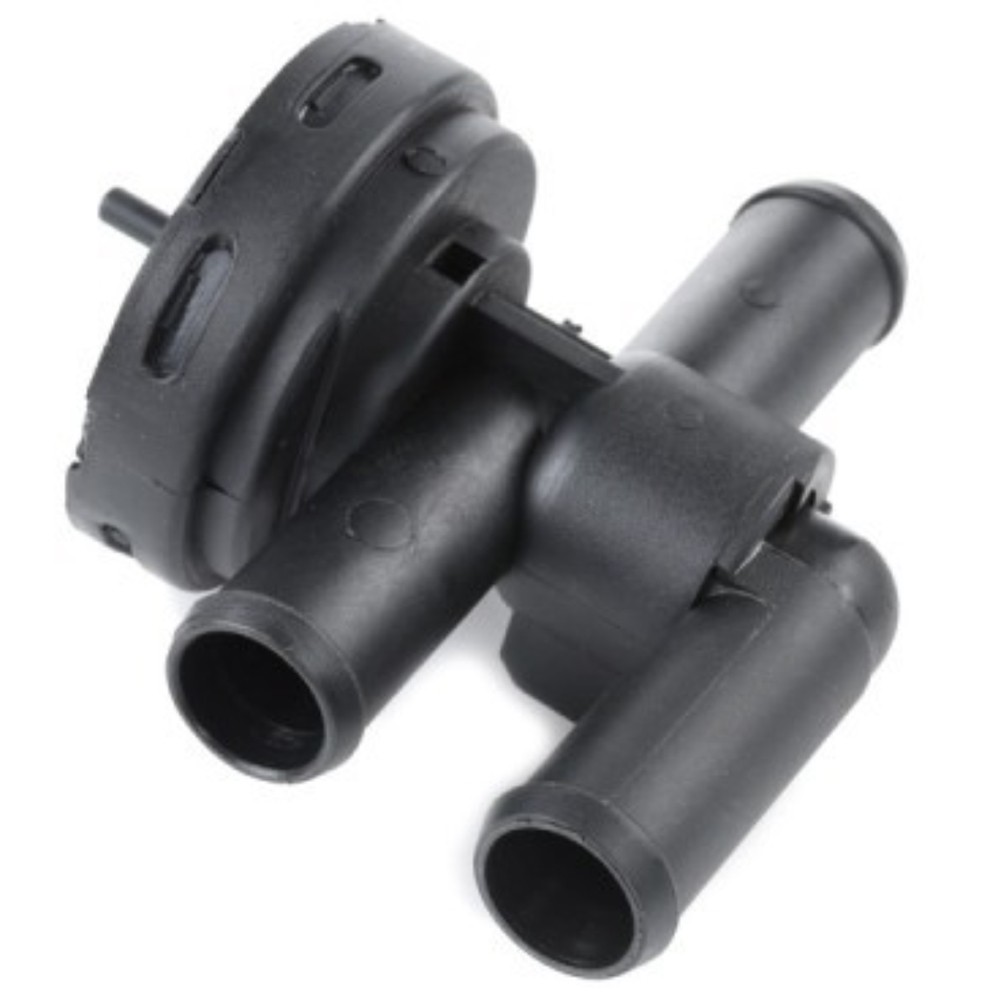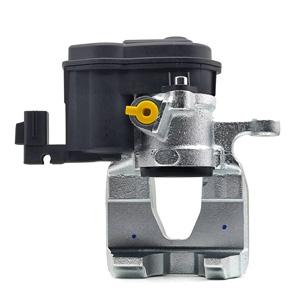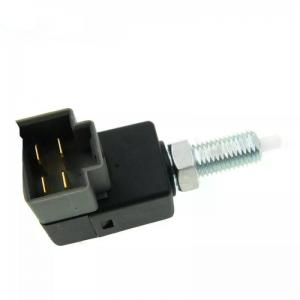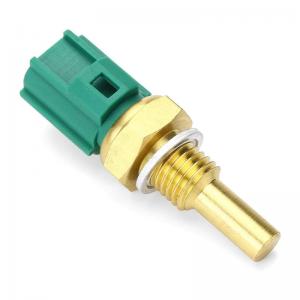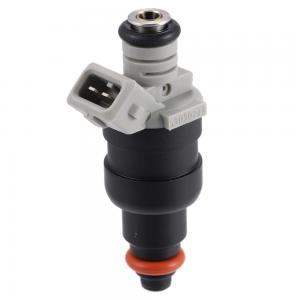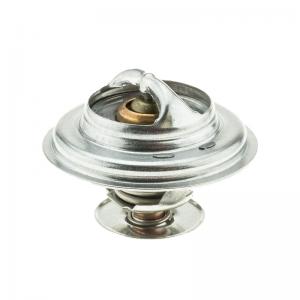Heater Control Valve
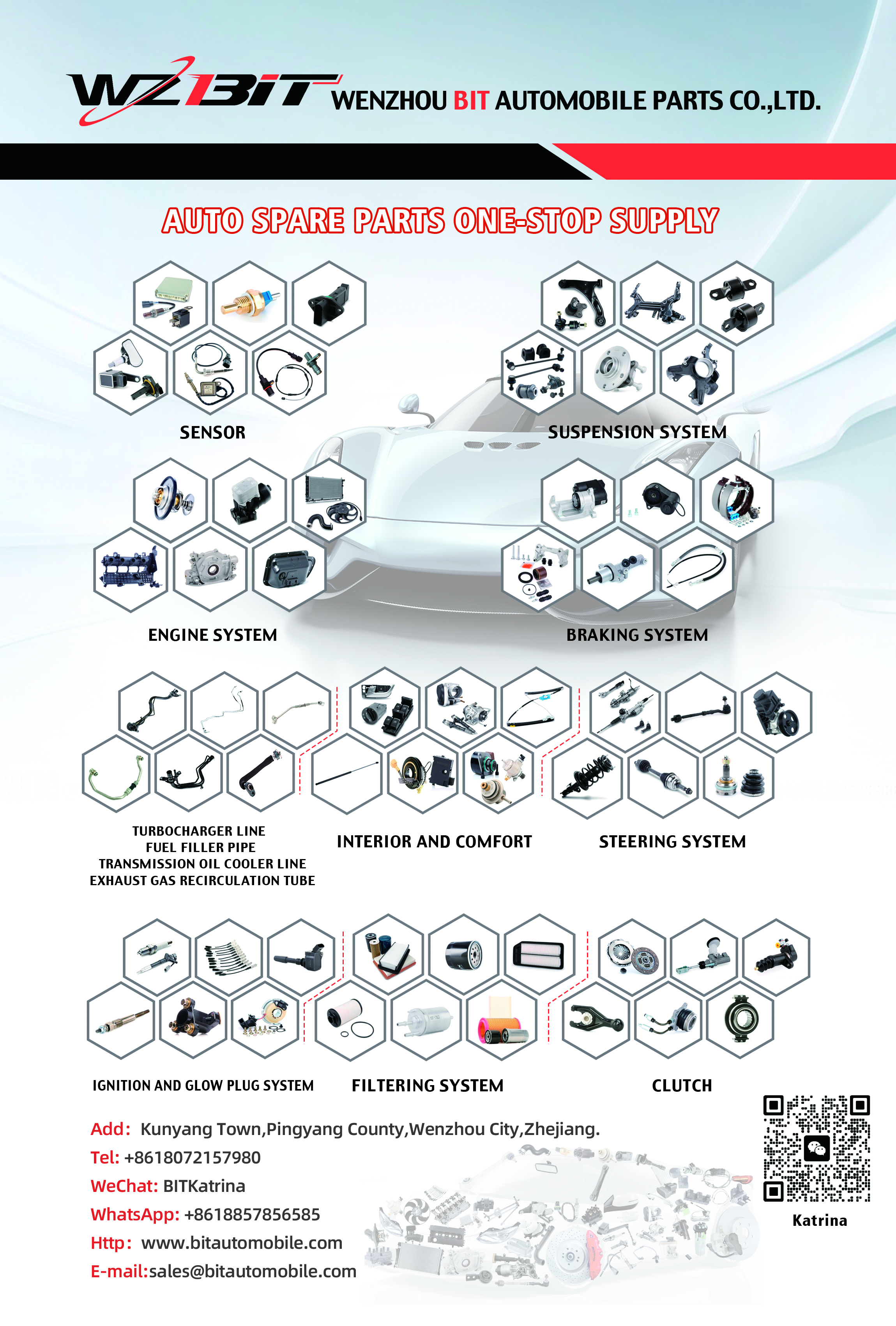
A control valve is a critical component in various industrial processes, designed to regulate the flow of fluids (liquids, gases, and slurries) by varying the size of the flow passage. It plays a vital role in process control systems, helping to maintain the desired process conditions such as flow rate, pressure, temperature, and fluid level.
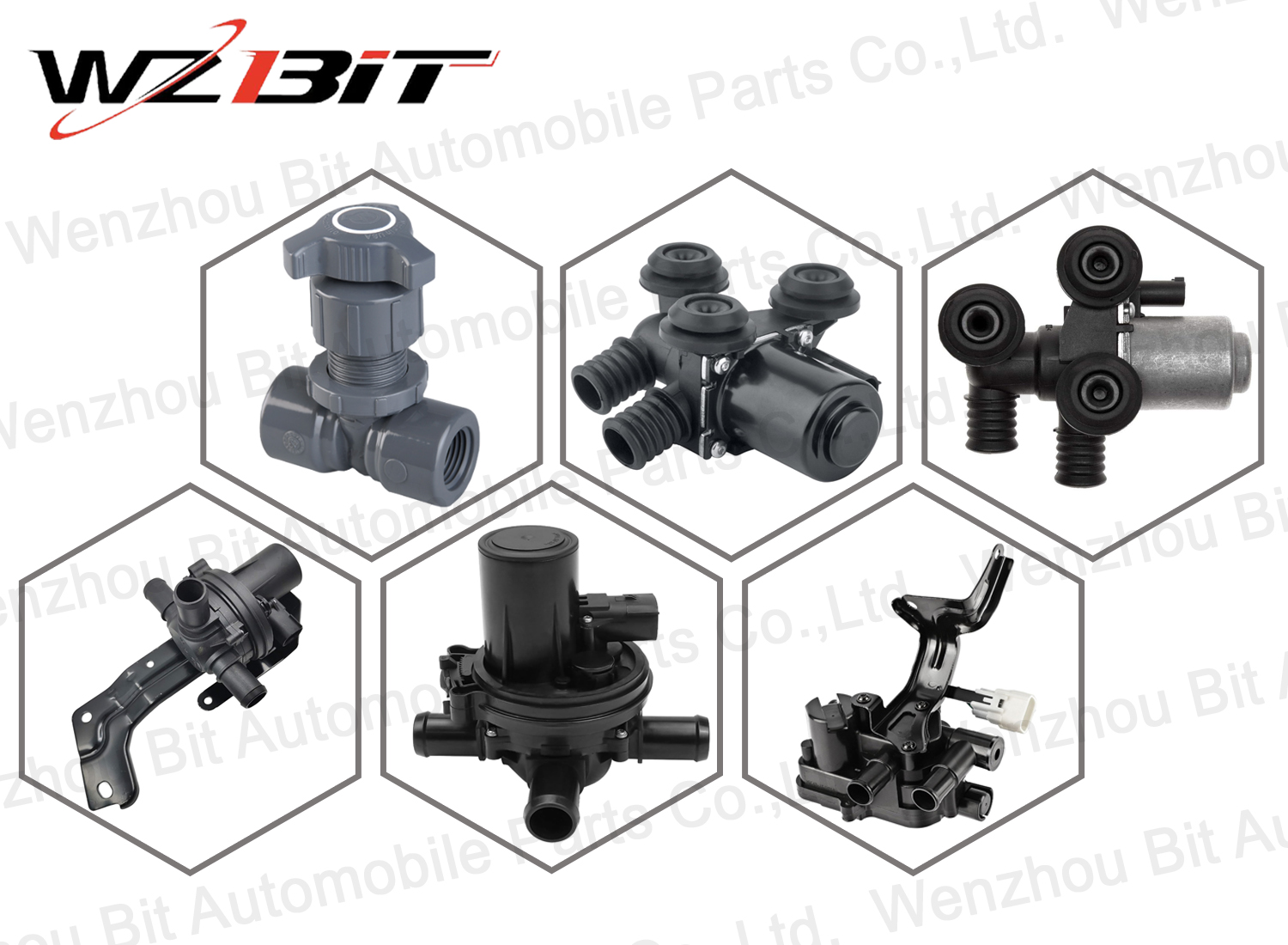
OE Number
090457649
1820014
90566947
1820138
95517483
1820001
90457649
04396172
01820001
4396172
Compatible Applications
OPEL Astra F Caravan (T92) (Year of Construction 09.1991 - 01.1998, 71 - 136 PS, Petrol)
OPEL Astra F CC (T92) (Year of Construction 09.1991 - 01.1998, 71 - 136 PS, Petrol)
OPEL Astra F Classic Caravan (T92) (Year of Construction 01.1998 - 01.2005, 75 PS, Petrol)
OPEL Astra F Classic CC (T92) (Year of Construction 01.1998 - 08.2002, 75 PS, Petrol)
OPEL Astra F Classic Saloon (T92) (Year of Construction 01.1998 - 08.2002, 75 PS, Petrol)
OPEL Astra F Convertible (T92) (Year of Construction 03.1993 - 03.2001, 71 - 116 PS, Petrol)
OPEL Astra F Saloon (T92) (Year of Construction 03.1992 - 09.1998, 71 - 136 PS, Petrol)
OPEL Combo B Van (Year of Construction 07.1994 - 10.2001, 45 - 82 PS, Petrol)
OPEL Corsa B Hatchback (S93) (Year of Construction 03.1993 - 09.2000, 45 - 82 PS, Petrol)
OPEL Corsa B Van (S93) (Year of Construction 08.1999 - 09.2000, 60 PS, Petrol)
OPEL Omega B Caravan (V94) (Year of Construction 03.1994 - 07.2003, 116 - 218 PS, Petrol)
OPEL Omega B Saloon (V94) (Year of Construction 03.1994 - 07.2003, 115 - 218 PS, Petrol)
OPEL Vectra B CC (J96) (Year of Construction 09.1995 - 07.2003, 75 - 196 PS, Diesel, Petrol)
OPEL Vectra B Estate (J96) (Year of Construction 11.1996 - 07.2003, 82 - 194 PS, Diesel, Petrol)
OPEL Vectra B Saloon (J96) (Year of Construction 09.1995 - 07.2002, 75 - 194 PS, Diesel, Petrol)
SAAB 9-5 Estate (YS3E) (Year of Construction 10.1998 - 12.2009, 120 - 305 PS, Diesel, Petrol, Petrol/Ethanol)
SAAB 9-5 Saloon (YS3E) (Year of Construction 09.1997 - 12.2009, 120 - 260 PS, Diesel, Petrol, Petrol/Ethanol)
VAUXHALL Astra Mk3 (F) CC (T92) (Year of Construction 09.1991 - 02.1998, 71 - 136 PS, Petrol)
VAUXHALL Astra Mk3 (F) Convertible (T92) (Year of Construction 03.1993 - 03.2001, 71 - 125 PS, Petrol)
VAUXHALL Astra Mk3 (F) Estate (T92) (Year of Construction 03.1991 - 12.1998, 71 - 136 PS, Petrol)
VAUXHALL Astra Mk3 (F) Saloon (Year of Construction 03.1992 - 09.1998, 71 - 136 PS, Petrol)
VAUXHALL Astravan Mk3 (F) (T92) (Year of Construction 10.1991 - 08.1998, 75 PS, Petrol)
VAUXHALL Calibra (C89) (Year of Construction 06.1990 - 07.1997, 136 - 170 PS, Petrol)
VAUXHALL Cavalier Mk3 CC (J89) (Year of Construction 09.1988 - 08.1995, 136 - 170 PS, Petrol)
VAUXHALL Cavalier Mk3 Saloon (J89) (Year of Construction 08.1988 - 08.1995, 136 - 170 PS, Petrol)
VAUXHALL Combo Mk1 (B) Van (S93) (Year of Construction 07.1994 - 10.2001, 60 PS, Petrol)
VAUXHALL Corsa Mk1 (B) Hatchback (S93) (Year of Construction 03.1993 - 09.2000, 45 - 82 PS, Petrol)
VAUXHALL Corsavan Mk1 (B) (Year of Construction 01.1994 - 09.2000, 60 PS, Petrol)
VAUXHALL Omega (B) Estate (V94) (Year of Construction 02.1994 - 06.2003, 116 - 218 PS, Petrol)
VAUXHALL Omega (B) Saloon (V94) (Year of Construction 01.1994 - 07.2003, 115 - 218 PS, Petrol)
VAUXHALL Vectra Mk1 (B) CC (J96) (Year of Construction 08.1995 - 07.2003, 82 - 170 PS, Diesel, Petrol)
VAUXHALL Vectra Mk1 (B) Estate (J96) (Year of Construction 08.1995 - 03.2002, 82 - 170 PS, Diesel, Petrol)
VAUXHALL Vectra Mk1 (B) Saloon (J96) (Year of Construction 08.1995 - 03.2002, 82 - 170 PS, Diesel, Petrol)
Control valves are used to:
- Regulate Flow: Adjust the flow rate of a fluid passing through a system.
- Control Pressure: Maintain desired pressure levels within the system.
- Manage Temperature: Regulate the temperature by controlling the flow of heating or cooling media.
- Ensure Safety: Protect the system from overpressure conditions by relieving excess pressure.
Types of Control Valves
1. Globe Valves:
- Design: Characterized by a spherical body and a movable plug or disc element.
- Application: Commonly used for throttling applications.
2. Ball Valves:
- Design: Feature a spherical ball with a hole through the center.
- Application: Ideal for on/off control without pressure drop.
3. Butterfly Valves:
- Design: Use a rotating disc to regulate flow.
- Application: Suitable for large volume water applications.
4. Diaphragm Valves:
- Design: Utilize a flexible diaphragm that contacts a seat to regulate flow.
- Application: Used in applications requiring hermetic sealing.
5. Plug Valves:
- Design: Incorporate a cylindrical or conically-tapered plug.
- Application: Common in pipelines where quick shutoff is essential.
Working Principle
Control valves operate based on signals from the control system. Here’s how they work:
1. Signal Reception: The valve actuator receives a signal (electrical, pneumatic, or hydraulic) from the control system.
2. Movement: The actuator moves the valve’s internal components (e.g., plug, disc, or ball) to adjust the flow passage size.
3. Flow Regulation: By changing the passage size, the valve regulates the flow rate, pressure, or temperature of the fluid.
4. Feedback: The control system receives feedback on the process variable (flow, pressure, temperature) and adjusts the signal to the valve accordingly to maintain the desired setpoint.
Symptoms of a Malfunctioning Control Valve
1. Inconsistent Flow Rates: Erratic changes in flow rates can indicate valve issues.
2. Pressure Fluctuations: Unstable pressure levels might suggest a malfunctioning valve.
3. Leakage: Visible leaks around the valve can signify internal damage or wear.
4. Noise and Vibration: Unusual sounds or vibrations during operation often indicate problems.
5. Sticking or Stuck Valves: Difficulty in valve movement can be due to debris or mechanical failure.
Maintenance Tips
- Regular Inspections: Conduct routine checks to identify wear and tear early.
- Lubrication: Keep the moving parts well-lubricated to ensure smooth operation.
- Cleaning: Clean the valve components to prevent debris build-up.
- Calibration: Periodically calibrate the valve to maintain accuracy.
- Seal Replacement: Replace worn seals to prevent leaks.
Send your message to us:


